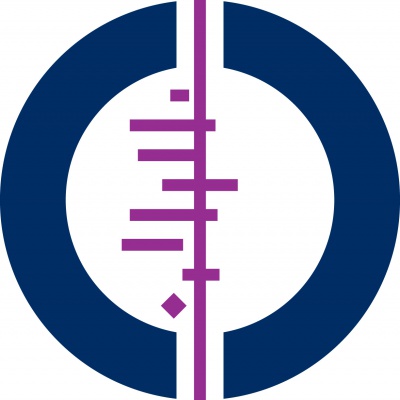Drugs to relieve pain for children with acute middle ear infection - Cochrane

We included four trials (411 children) which were assessed at low to high risk of bias.
Paracetamol versus placebo
Data from one trial (148 children) informed this comparison. Paracetamol may be more effective than placebo in relieving pain at 48 hours (proportion of children with pain 10% versus 25%, risk ratio (RR) 0.38, 95% confidence interval (CI) 0.17 to 0.85; number needed to treat for an additional beneficial outcome (NNTB) 7; low-certainty evidence). The evidence is very uncertain about the effects of paracetamol on fever at 48 hours (RR 1.03, 95% CI 0.07 to 16.12; very low-certainty evidence) and adverse events (RR 1.03, 95% CI 0.21 to 4.93; very low-certainty evidence). No data were available for our other outcomes of interest.
NSAIDs versus placebo
Data from one trial (146 children) informed this comparison. Ibuprofen may be more effective than placebo in relieving pain at 48 hours (proportion of children with pain 7% versus 25%, RR 0.28, 95% CI 0.11 to 0.70; NNTB 6; low-certainty evidence). The evidence is very uncertain about the effect of ibuprofen on fever at 48 hours (RR 1.06, 95% CI 0.07 to 16.57; very low-certainty evidence) and adverse events (RR 1.76, 95% CI 0.44 to 7.10; very low-certainty evidence). No data were available for our other outcomes of interest.
NSAIDs versus paracetamol
Data from four trials (411 children) informed this comparison. The evidence is very uncertain about the effect of ibuprofen versus paracetamol in relieving ear pain at 24 hours (RR 0.83, 95% CI 0.59 to 1.18; 2 RCTs, 39 children; very low-certainty evidence); 48 to 72 hours (RR 0.91, 95% CI 0.54 to 1.54; 3 RCTs, 183 children; low-certainty evidence); and four to seven days (RR 0.74, 95% CI 0.17 to 3.23; 2 RCTs, 38 children; very low-certainty evidence).
The evidence is very uncertain about the effect of ibuprofen versus paracetamol on mean pain score at 24 hours (0.29 lower, 95% CI 0.79 lower to 0.20 higher; 3 RCTs, 111 children; very low-certainty evidence); 48 to 72 hours (0.25 lower, 95% CI 0.66 lower to 0.16 higher; 3 RCTs, 108 children; very low-certainty evidence); and four to seven days (0.30 higher, 95% CI 1.78 lower to 2.38 higher; 2 RCTs, 31 children; very low-certainty evidence).
The evidence is very uncertain about the effect of ibuprofen versus paracetamol in resolving fever at 24 hours (RR 0.69, 95% CI 0.24 to 2.00; 2 RCTs, 39 children; very low-certainty evidence); 48 to 72 hours (RR 1.18, 95% CI 0.31 to 4.44; 3 RCTs, 182 children; low-certainty evidence); and four to seven days (RR 2.75, 95% CI 0.12 to 60.70; 2 RCTs, 39 children; very low-certainty evidence).
The evidence is very uncertain about the effect of ibuprofen versus paracetamol on adverse events (RR 1.71, 95% CI 0.43 to 6.90; 3 RCTs, 281 children; very low-certainty evidence); reconsultations (RR 1.13, 95% CI 0.92 to 1.40; 1 RCT, 53 children; very low-certainty evidence); and delayed antibiotic prescriptions (RR 1.32, 95% CI 0.74 to 2.35; 1 RCT, 53 children; very low-certainty evidence).
No data were available on time to resolution of pain.
NSAIDs plus paracetamol versus paracetamol alone
Data on the effectiveness of ibuprofen plus paracetamol versus paracetamol alone came from two trials that provided crude subgroup data for 71 children with AOM. The small sample provided imprecise effect estimates, therefore we were unable to draw any firm conclusions (very low-certainty evidence).
Comments
Post a Comment